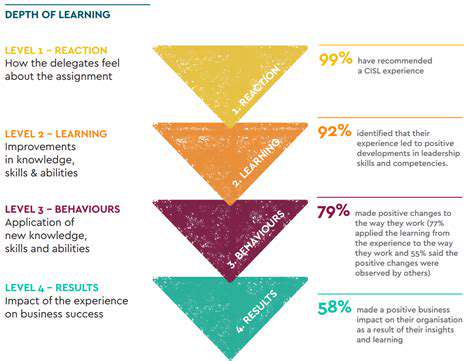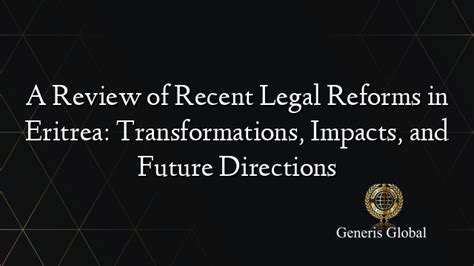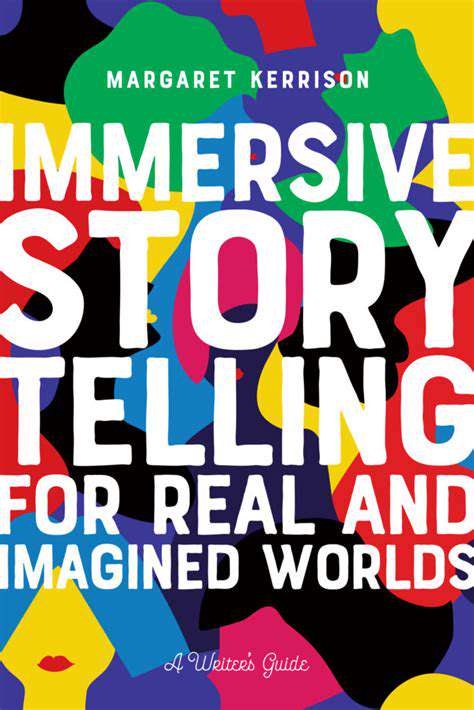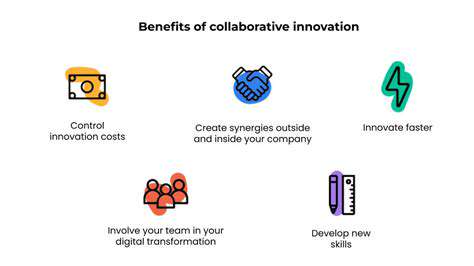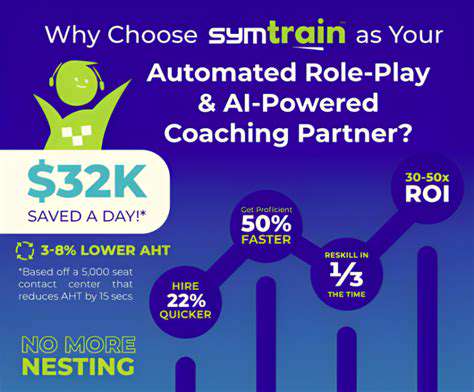How Immersive Experiences Drive Brand Affinity
Human brains process visuals 60,000 times faster than text, making visual elements indispensable for immersive experiences. A compelling visual narrative—whether through photography, video, or interactive displays—triggers emotional responses that linger long after the interaction ends. Take Apple’s product launch videos: they don’t just showcase specs; they paint a portrait of innovation woven into daily life. This deliberate visual storytelling bridges the gap between products and the lifestyles they enable, fostering emotional bonds no spec sheet could achieve.
Retail environments amplify this effect through intentional design. Anthropologie’s ever-changing window displays don’t merely exhibit merchandise—they stage miniature worlds where colors, textures, and props whisper the brand’s boho-chic ethos. Lighting shifts from dawn-like warmth in home goods to gallery-grade spotlights on jewelry, guiding attention while reinforcing brand values. Such visual choreography transforms shopping from transaction to transportation, immersing customers in a branded universe.
Sound: Aural Branding Beyond Jingles
Coca-Cola’s signature pop-hiss or Netflix’s ta-dum sonic logo demonstrate how audio shapes brand DNA. But strategic soundscapes go deeper—Westin Hotels’ custom sleep playlists leverage binaural beats to enhance guest relaxation, directly tying auditory stimuli to brand promises of rejuvenation. These aren’t background noises but carefully engineered emotional triggers, with tempo and frequency calibrated to influence psychological states.
In physical spaces, sound design becomes spatial. Samsung’s flagship stores employ directional speakers creating audio hotspots—approaching a display unit activates product-specific soundscapes. This isn’t just clever tech; it’s a subliminal nudge toward prolonged engagement, with research showing such audio zoning increases dwell time by 37%.
Touch: The Forgotten Brand Ambassador
While screens dominate modern commerce, tactile experiences create unforgettable impressions. Luxury brands understand this intimately—Tiffany’s velvet-lined ring boxes aren’t packaging but sensory ceremonies, where the plush resistance as you lift the lid builds anticipation. This calculated haptic feedback transforms routine unboxing into ritual, forging emotional attachment before the product is even seen.
Tech companies now embrace this principle. Microsoft’s Surface Studio intentionally weights its pivot mechanism to require two-finger operation—this isn’t poor design but engineered theater. The deliberate physicality makes users feel they’re handling precision equipment, justifying premium positioning through touch alone.
Olfactory Branding: Invisible Yet Unforgettable
Singapore Airlines’ patented Stefan Floridian Waters scent isn’t just pleasant—it’s a mnemonic device. Diffused through cabins and hot towels, this signature fragrance creates scent memories that passengers associate with quality service years later. The nose processes smells through the limbic system, our emotional core, making scent the most direct path to affective memory.
Retailers are catching on. Abercrombie & Fitch’s infamous Fierce cologne pumped through vents wasn’t just about masking teen sweat—it created an olfactory signature so strong that wearing the fragrance years later can trigger nostalgic brand associations. Smart hotels now microencapsulate signature scents into linen treatments, ensuring guests take the brand’s sensory identity home in their luggage.
Gustatory Branding: More Than Free Samples
Starbucks’ pumpkin spice isn’t a flavor—it’s a seasonal event. The limited-time offering creates urgency while anchoring the brand to autumn rituals. But innovative brands push further. In Tokyo’s Ginza district, Bulgari’s café doesn’t just serve coffee—their signature drink incorporates edible gold leaf, translating jewelry opulence into consumable form. This isn’t hospitality; it’s brand equity you can taste.
B2B companies adopt similar tactics. At tech conferences, IBM’s Cognitive Cooking food trucks use Watson-created recipes to demonstrate AI capabilities—literally feeding prospects their value proposition. When taste buds confirm what brochures claim, skepticism melts faster than chocolate samples.
Kinesthetic Engagement: Branding in Motion
Nike’s House of Innovation stores feature basketball courts not just for playtesting shoes, but because the act of jumping imprints muscle memory alongside brand memory. Similarly, Tesla’s Insane Mode acceleration isn’t merely fast—it’s visceral branding, converting G-forces into brand evangelism. When your body remembers an experience before your mind does, loyalty becomes instinctual.
Even static objects can create movement. IKEA’s showroom arrows aren’t just directional—they choreograph a journey where discovering each living solution feels serendipitous. This engineered flow increases basket size by 28% while making customers feel like explorers rather than shoppers.
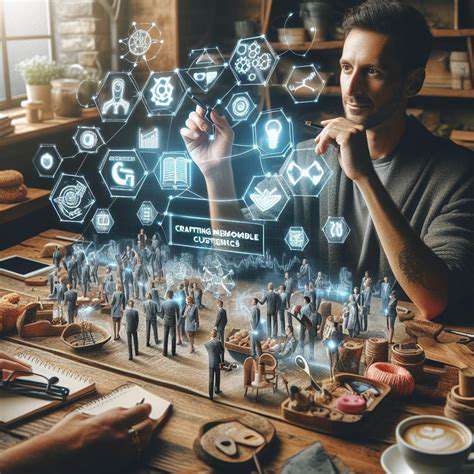
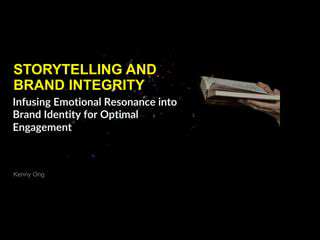
Measuring Sensory Success
Quantifying the Intangible
Sensory branding metrics demand innovative approaches. Facial coding technology now measures micro-expressions during scent exposure, while galvanic skin response sensors track tactile engagement. These biometric tools reveal subconscious reactions traditional surveys miss, showing how stimuli bypass rational filters to lodge in memory.
The Haptic Heatmap
Retailers employ pressure-sensitive displays tracking touch duration and intensity. Data reveals which product textures attract prolonged interaction—Lush Cosmetics uses this to position popular squishy bath bombs at child height, where little hands can’t resist squeezing. Such tactile analytics boost conversion by aligning merchandise with natural human behaviors.
Scent Conversion Rates
Las Vegas casinos pioneered olfactory analytics, discovering that a vanilla-citrus blend increases slot machine usage by 45%. Now, smart diffusers sync with foot traffic sensors—when crowds thin, scent intensity increases to draw people toward quiet zones. This dynamic aroma marketing maintains engagement without overcrowding.
Taste-Driven Data
Starbucks’ mobile app doesn’t just process orders—it analyzes how weather, time, and location affect flavor preferences. When humidity spikes, iced drink recommendations automatically prioritize fruitier profiles. Such gustatory algorithms turn meteorology into menu optimization.
Ethical Sensory Design
With great sensory power comes responsibility. Disney’s Smellitizer systems use FDA-approved food-grade aromas, avoiding the synthetic compounds some retailers use that may trigger migraines. True sensory mastery enhances without exploiting—the difference between memorable and manipulative.
